Inside the Currency Market: Mechanics, Valuation and Strategies
$24.63
| Author(s) | |
|---|---|
| Format |
|
| Pages |
328 |
| Publication Year |
2012 |
Inside the Currency Market describes both the underlying dynamics that drive this market and the strategies that can help you capture consistent profits in it. Page by page, this reliable guide skillfully discusses the structure of the market, its roles in the global economy, the forces that drive currency values, trading strategies, and tactics. It also offers a detailed understanding of how global financial flows, derivatives, and other markets such as oil and gold impact currencies.
Introduction:
This book answers the question what are the components, the constituent factors that comprise the second side of a currency-pair equation and how should those factors be considered in terms of a trade strategy. A currency pair comprises two sides, a two-nation perspective. In order to understand a currency-pair combination, both sides of the pair must be considered from the two-nation perspective. The two-nation perspective was fully outlined in this text with not only the trader in mind but researchers, market professionals, and present and future students of the markets.
The genesis of the book framework was derived from the many biases I saw over the years from the academic journals, trader publications, or years of prior books. Each book, each article, and each journal publication offered a point, an insight that would help the reader further his or her knowledge. But each publication taught a perspective, an insight that would eventually lead to the overall understanding of the two-nation operational framework. Yet years may pass before the full learned concepts could actually become operational in a trade strategy and understanding of the market due to the proper knowledge never advanced in one publication. Publications had biases, toward the U.S. dollar side of the currency-pair equation, with no consideration of the second part of the pair.
Spot-currency prices move in the markets based on factors of interest rates but interest rates between two nations rather than one side of a currency pair. The question must then be asked: How does the second nation calculate and factor interest, and what market instruments are available to track the various rates that trade every day in the markets in order to track a trade throughout the various markets?
To trade Australian dollar/Japanese yen, one must understand Japanese TIBOR and Euroyen rates in terms of bank bills and Overnight Cash Rates in Australia. To trade U.S. dollar/Canadian dollar, one must know the U.S. Fed funds rates in relation to Canada’s CORRA and OMMFR interest rates. How those specifi c interest rates trade and direction of their movements can have profound effects on currency-pair prices.
This book sets out to outline the two-sided currency-pair trade from a whole host of perspectives as it relates nation to nation. It addresses currency pairs from the eight major nations because that is where the vast majority of trade occurs.
Contents:
- Foreign Exchange Reports
- Currency Trading Beyond the Basics
- Exchange Rates and Trade Weight Indices
- Short-Term Interest Rates and Money Market Instruments
- LIBOR
- Government Bonds, Yields, Yield Curves, and Currency Prices
- Swaps and Forwards
- Stock and Bond Markets
- Currency Cycles, Currency Futures, Options, and Volatility
- Technical Analysis
Inside the Currency Market: Mechanics, Valuation and Strategies By Brian Twomey pdf
7 reviews for Inside the Currency Market: Mechanics, Valuation and Strategies
Clear filtersOnly logged in customers who have purchased this product may leave a review.

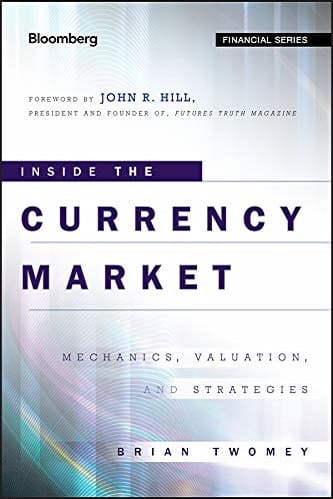

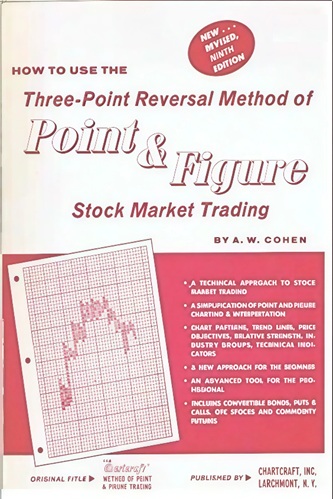
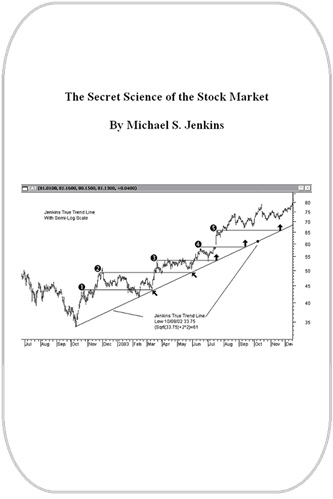

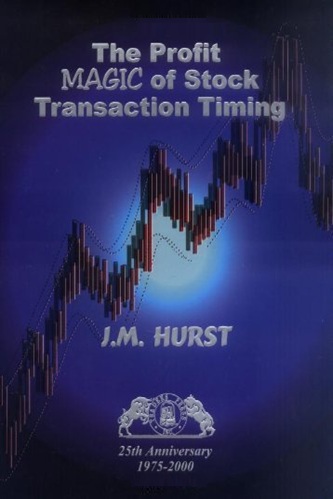
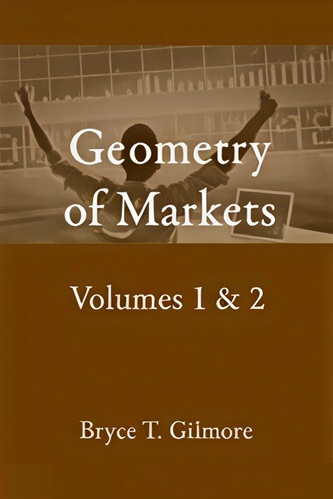
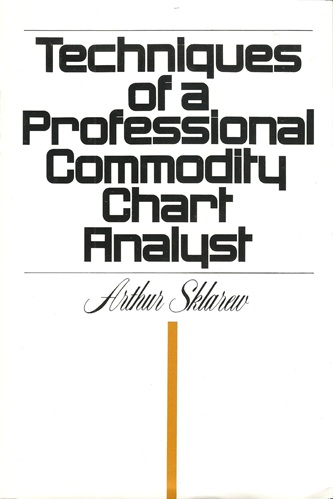
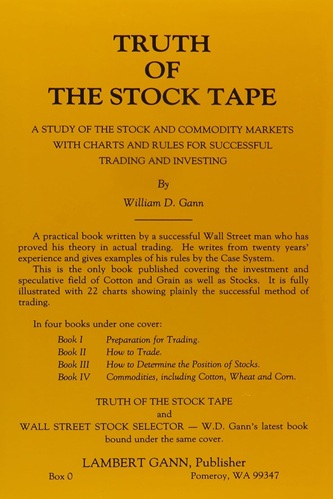
Clementine Hardy (verified owner) –
The book covers all mechanics of the currency market. It can be quite hard to grasp some parts and chapters do need to be re read. It will give you a much greater understanding of the currency market. However it presents so much to consider when trading a pair, I wonder if you would have time to trade at all.
Solomon Meadows (verified owner) –
This is an excellent book for anyone wishing to understand the internal mechanisms of the currency markets. The author goes into immense detail as he disects the major currencies and explains their characteristics, their relationships with other currencies and what makes them move. If you’re serious about understanding currency movements – you won’t be disappointed with this book. It is one of the most fascinating and detailed accounts I have come across so far.
Kamden Vasquez (verified owner) –
Having read and read again Brian Twomeys ‘Inside the Currency Market’ I find it can be thoroughly recommended to anyone who wants to gain far more than just an insight into the various price mechanisms of the currencies and instruments traded inside the international money markets.
Whether you are used to thinking of the price of money as simply interest rates or even its rental for a given period then the authors sweeping knowledge of the international currency markets, including its nooks and crannies, where the price of money is determined, will be an intriguing eyeopener. Also included are price determining factors such as indices, bond prices, short term interest rates, forwards, swaps and trading cycles.
Its also not short on trading strategies involving currency pairs using swaps and averages etc but of course its up to an individual as to what may be achieved with any set of tools. In any event if you hope to have a serious and professional knowledge of the money markets then this book really does appear to be required reading.
Rose Barber (verified owner) –
I cannot figure out who is this book for? For any retail or newbie trader its way of an overkill. For any pro, it is just a repetition of textbooks that are better written than this book. The author constantly sais things like ” so so will push USD/CAd up howevwr notice how it at the same time pushes CAD/USD down” .. like seriously? Anyone qho knows anything about currency understands that these are the same pair just incersed if there was any difference in price it would be arbitraged away very quickly. There are no trading strategies.. I mean there are some ambigious examples but nothing practical and nothing is explained well. Instead of reading this book spent the time on Central Banks websites and learn about their operations, its a much better time investment
Skyler Rowe (verified owner) –
I found a little mistake in your pivots formula (p.294):
2nd Resistance = PP + ( 2* High) – Low should be 2nd Res = PP + (High – Low)
3rd Support = 2PP – (High – Low) should be 3rd Sup = 2*PP – (2*High – Low)
Jayceon Malone (verified owner) –
On page 27 in the Trade Strategy section, the author claims that if the US interest rate is going up, then the GBP/USD pair is a buy. Does this make sense? Isn’t it that when you buy, you are long (given) the GBP rate, short (borrowing in) the USD rate? So if/as the USD rate is higher and being thought to continue higher, wouldn’t this mean that the GBP/USD would trend down as long as the dollar strengthens relatively? IE more people would sell the pair to borrow in GBP rate, and invest at the USD rate? Or is the idea that the user can somehow buy the GBP/USD which gives access to dollars (borrowed) as interest rates are rising, then invest the dollars (even if spread to GBP here is negative) locally in the US at increasing rates over time?
If someone and/or the author can explain this, then I will adjust my review – and I will perhaps as I learn and read more. This explanation just feels off though, so wanted to mention. Hopefully someone can/will explain, since this seems to counter all that I’ve known, and who knows could be good for me to know/correct. But right now I cannot seem to find corroborating evidence/support online.
Hugo Massey (verified owner) –
The equity market is to Earth, as the foreign exchange market is to Pluto; vastly diverse realms in size, function and dynamics. Whilst equity markets are primarily driven by speculation, currency markets are driven by economic necessity. The necessity for currency exchange, and it’s fundamental reflection of economic forces. With an average daily volume of over $4 Trillion (yes, trillion with a T), speculative price action is nearly impossible, leaving the door ajar for true analysts to profit (immensely) from their understanding of actual economic forces. With the current sky-high margin leverage rates offered, those whom truly understand the core dynamics of the foreign exchange markets have won the lottery. 95% of traders loose money in Forex, only 2% break even, and only 3% have made (incredibly substantial) profits in the long run; because only the 3% actually understand the underlying fundamentals of foreign exchange – this book being the first baby step.